This article appeared in the Spring 2021 issue of This Old House Magazine.
As winter winds down and spring starts to appear, you’ll want to take care of a few simple projects to prepare your home for the warmer months ahead. From cutting back roses to cleaning your AC condenser, read our simple tips below.
Cut back roses
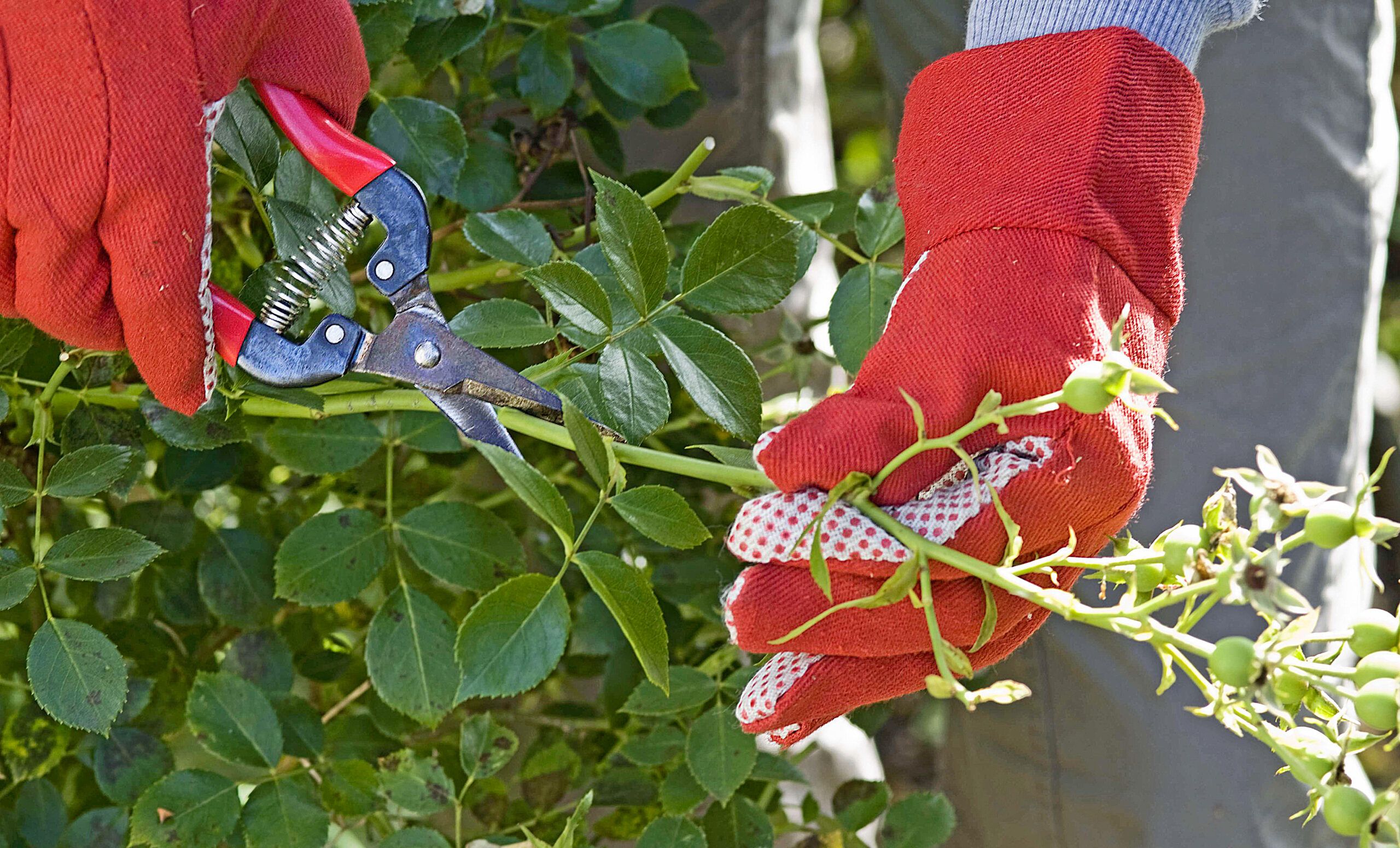
Roses should be pruned in early spring, while still dormant, to encourage blooming, improve air circulation to prevent disease, and control size.
Time this task to when the forsythia blooms, making 45-degree cuts with sharp, clean bypass pruners or loppers ¼ inch above outward-facing buds. Exceptions to this rule: old-fashioned and heirloom climbing roses that bloom on old wood; they should be trimmed right after they finish flowering. You can prune away dead or diseased stalks at any time.
Sharpen the mower blade
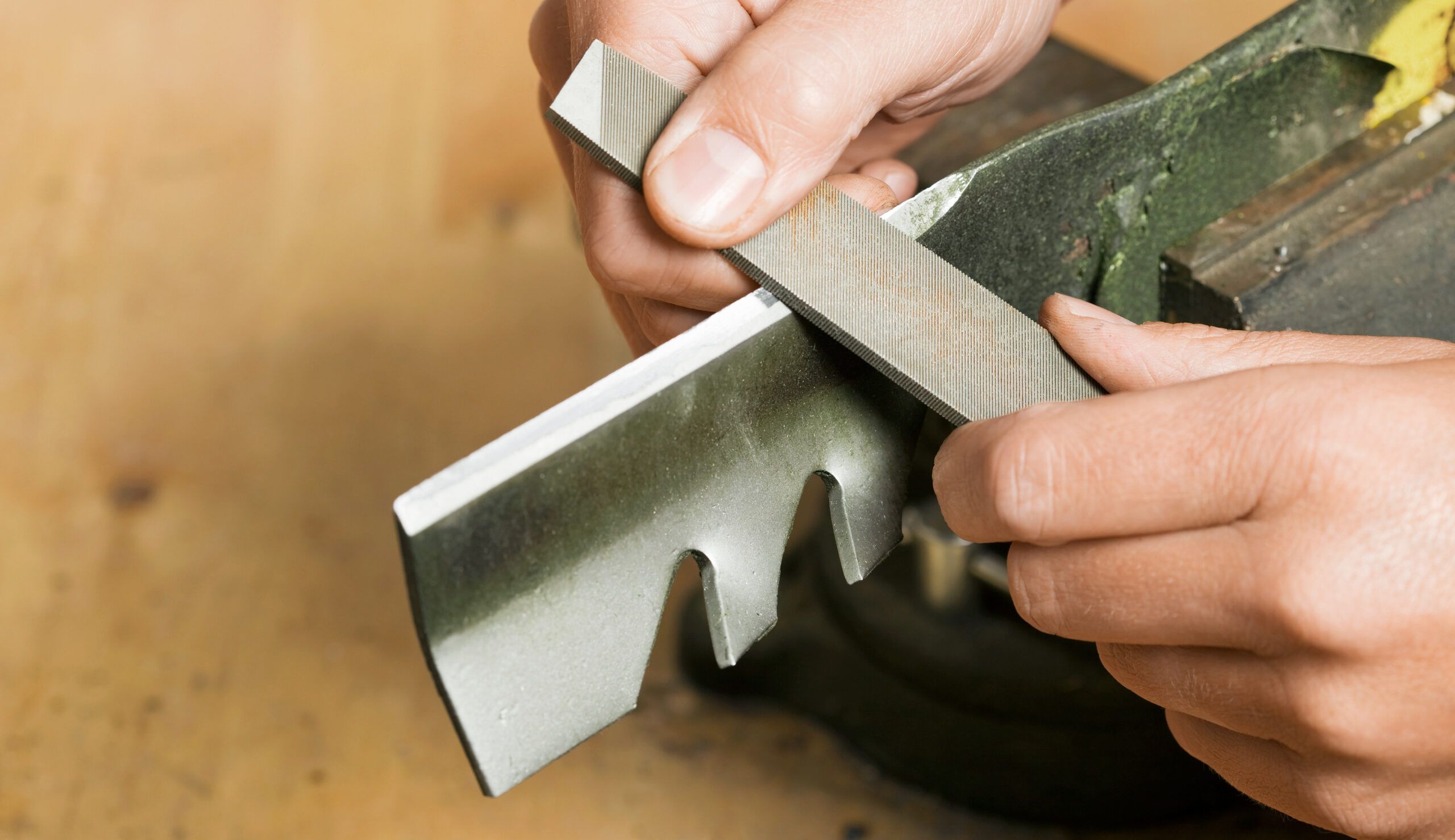
One easy way to improve your lawn’s health and looks: Mow it with a sharp blade. To sharpen it yourself, pull the mower’s battery or spark plug, remove the blade, and clamp it in a bench vise.
Hold a mill bastard file flat against the beveled edge, as shown, then push the file across the edge. When all edges feel butter-knife sharp, remove the burrs with a file held flat against the underside of the blade. Remount the blade, and bid ragged, brown grass tips good-bye.
Upgrade your HVAC filter
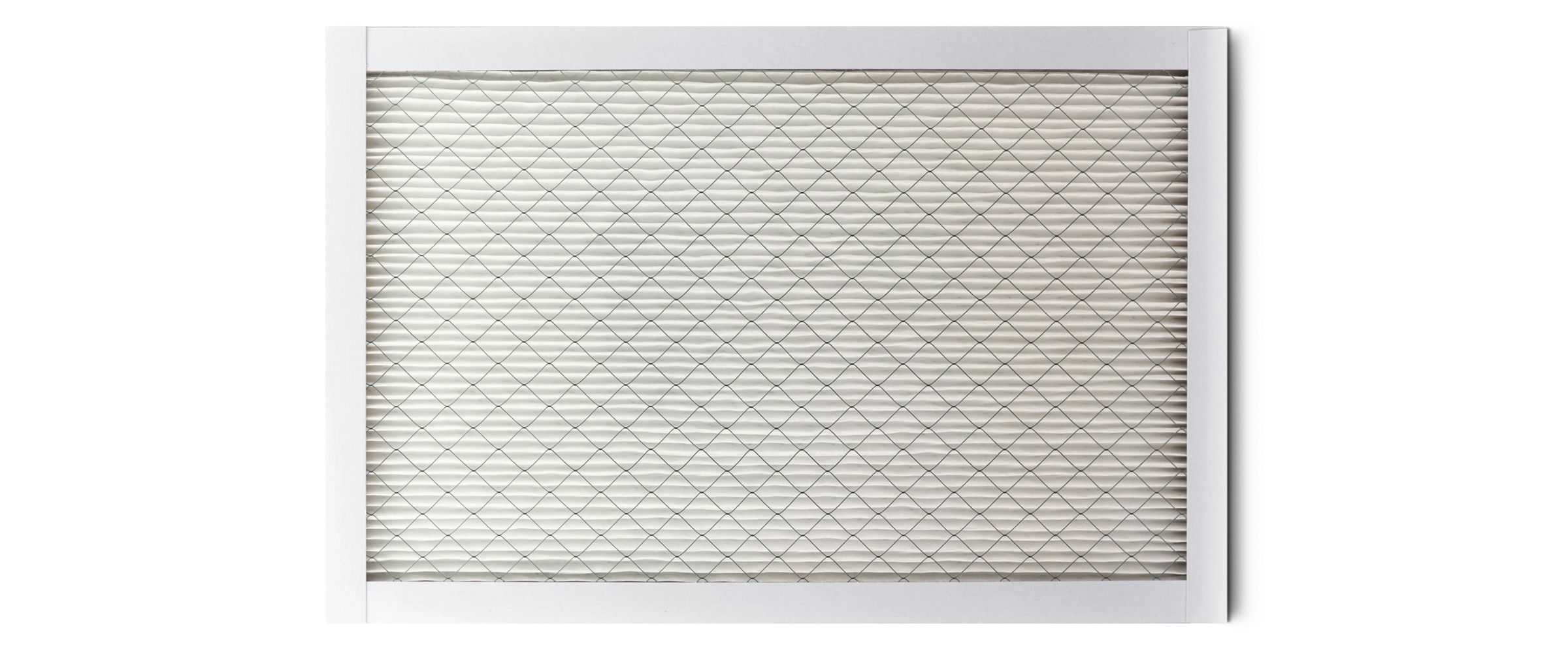
Still using those blue filters, made of spun fiberglass, in your furnace? Trade up to pleated ones, which have a tighter weave, greater surface area, and an electrostatic coating, allowing them to capture at least twice as much allergy-triggering dust and pollen, and other tiny particles. Remember to replace the filter every three months at a minimum.
No-pressure deck cleanup
“Skip the pressure-washer when it’s time to clean a wood deck; it can really damage the wood fibers. Instead, use a pump sprayer to apply a bleach-free deck cleaner, scrub the wet boards with a long-handle brush, then wash off the grime with a garden hose,” says Tom Silva, TOH General Contractor.
Flush a tank-type water heater
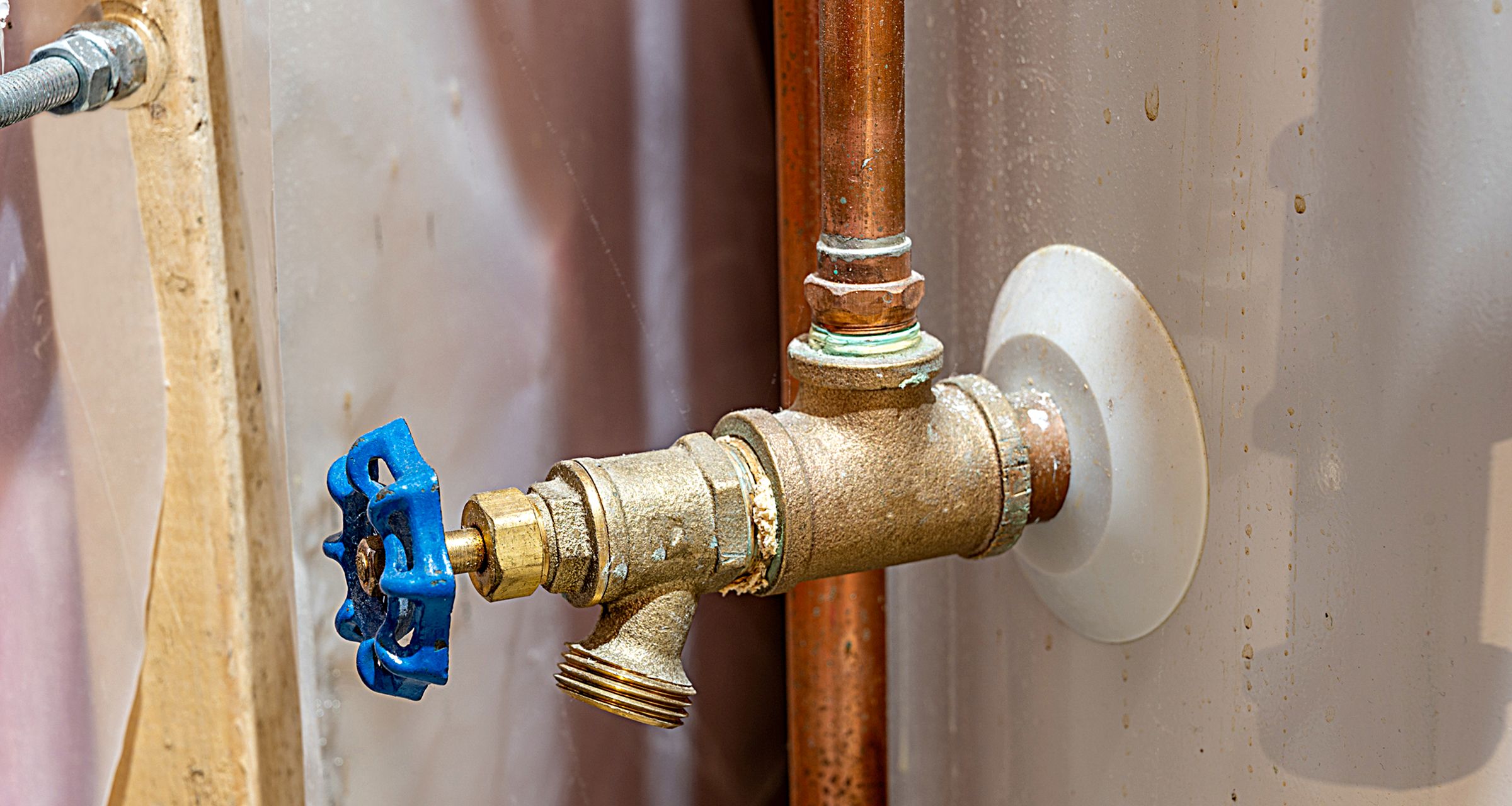
Sediment buildup in a tank saps heater efficiency and costs you money. To get rid of it, shut off the power or gas to the tank, then cool its water by opening the hot-water tap on a sink faucet for a few minutes.
Close the heater’s water supply valve, run a hose from the tank’s drain valve to a bucket or floor drain, then open the drain valve.
When the flow stops, stir up the sediment by briefly opening the supply valve. Drain and repeat until only clean water comes out. Now close the drain valve, open the supply valve, and turn on the power or gas.
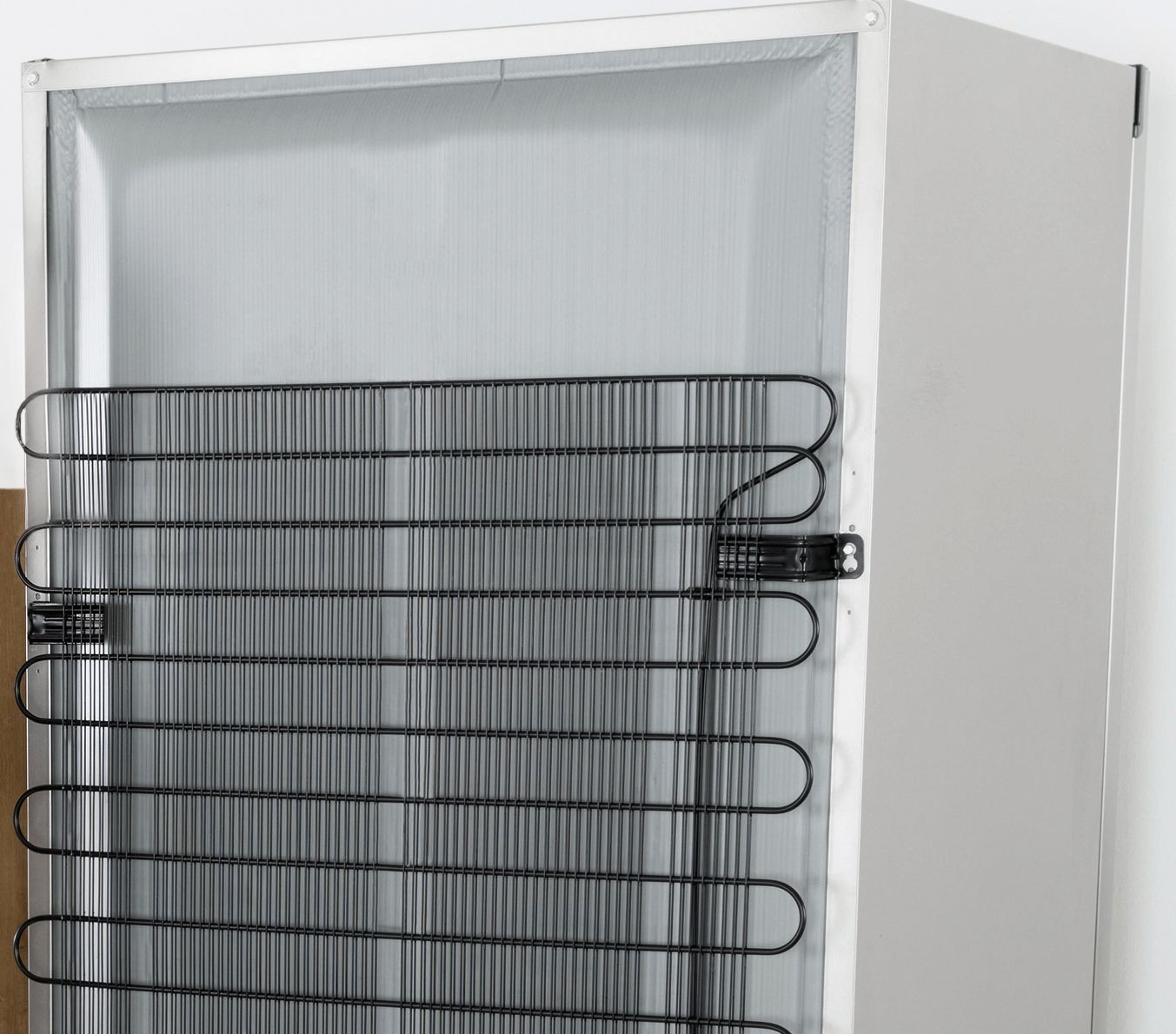
Do your fridge a favor
A refrigerator can’t do a good job of dissipating heat and keeping its contents cold if its coils are covered in greasy dust. Those dirty coils also cost you a few bucks each month in higher energy bills.
To clean a fridge with bottom-front grilles, unsnap the cover and remove the accumulated dust with a vacuum and coil-cleaning brush. If the coils are in the back, as shown, unplug and roll out the fridge, then give the coils a good sweep.
Leak-check for hoses
“When you first hook up a hose in spring, attach a closed nozzle to its free end and turn on the water. If you see leaking at couplings, replace the washers inside the female ends. If there are leaks in the hose itself, cut it at those spots and install metal hose-repair fittings,” says Jenn Nawada, TOH Landscape Contractor
Go on rot patrol
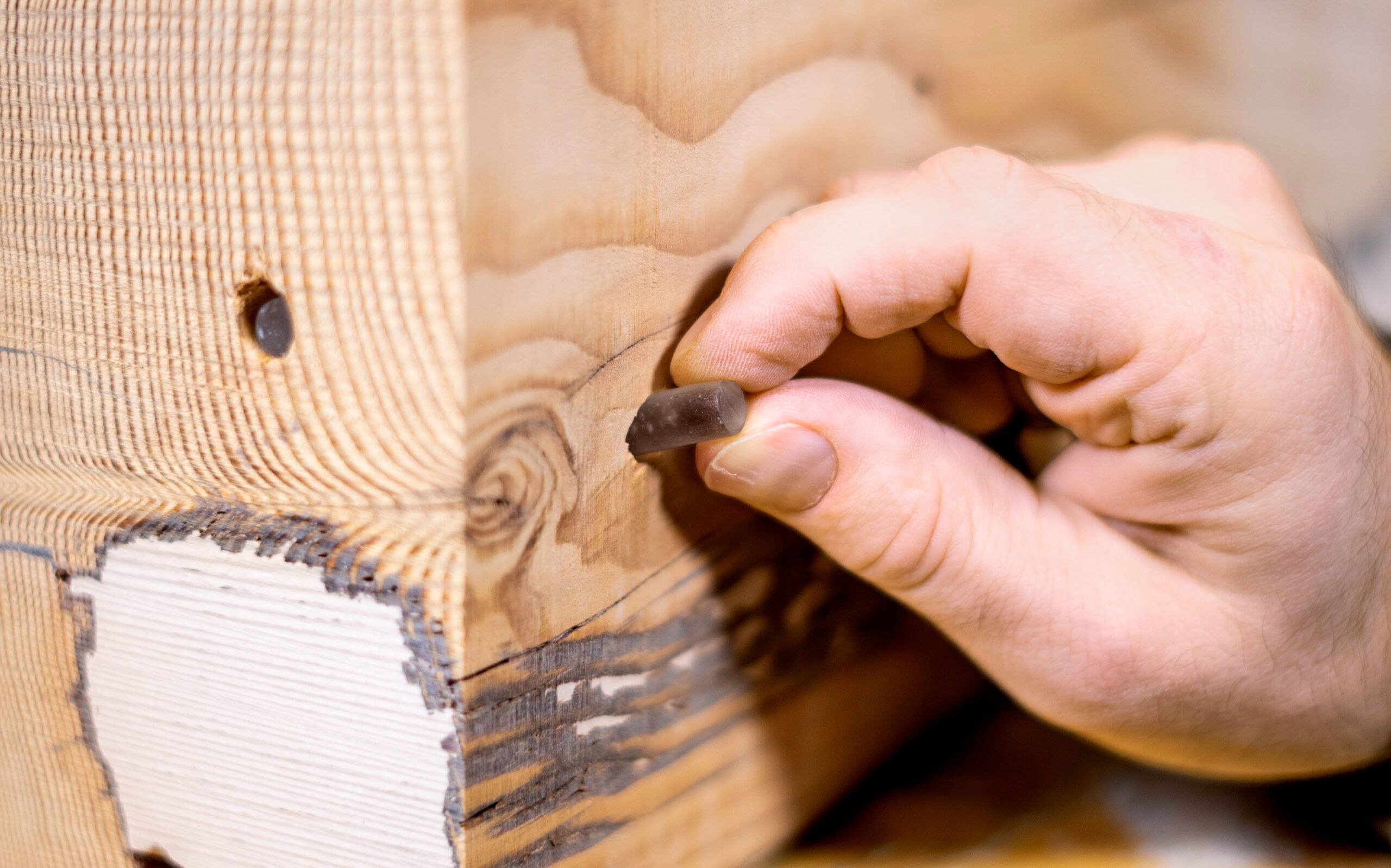
As warm weather perks up the fungi that cause wood decay, take time to check exterior trim for signs of rot. If the tip of a flathead screwdriver sinks in easily, and the wood can’t be replaced, prep it for repair:
- Remove all the decay and apply a borate solution to kill fungi lurking in the wood.
- Then prime and fill the voids with flexible epoxies.
- For extra protection, insert borate rods into holes drilled about an inch from the finished repair, as shown; cover the holes with an epoxy filler (find all of these products at SystemThree).
Clean and protect the condenser
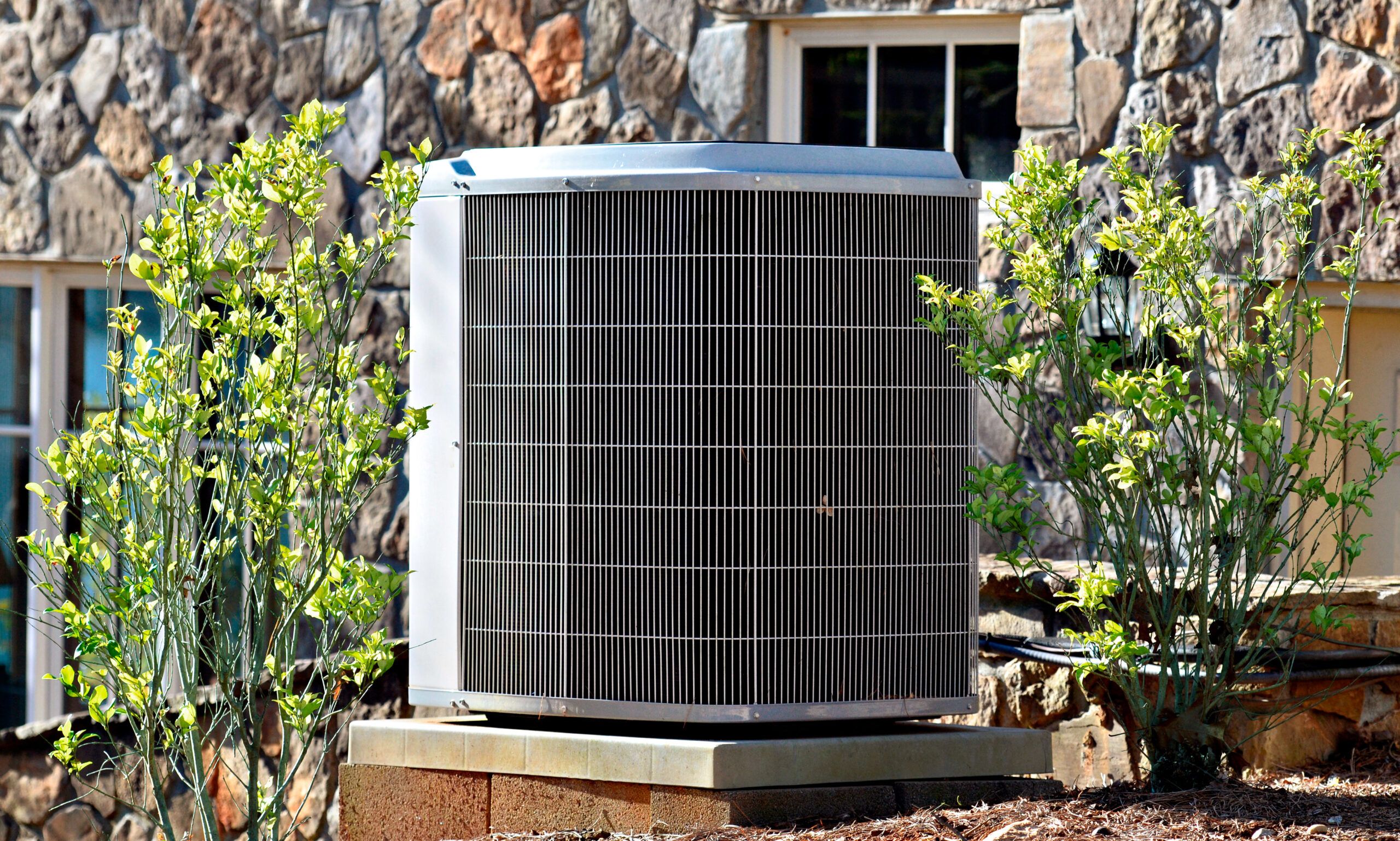
When air can’t flow freely through an AC system’s outside condenser, it’s costing you more to cool the house, and making the unit work harder and wear out faster.
To keep the unit operating efficiently:
- Turn off the power, unscrew and remove the side panels, and, working from the top-down, gently rinse off the debris clinging to the coils.
- Straighten any crushed or dented fins with a fin comb.
- Then reattach the panels and restore the power. Your unit is now ready to handle the summer heat.
- Cover your AC condenser: If you’re gathering leaves, fall’s little gifts are likely collecting inside your AC unit as well. Leaves, twigs, and seeds can block the unit’s ability to drain. But covering the housing top to bottom can trap moisture inside and invite critters to take up residence. Instead, use a mesh cover, like this one by Sturdy Covers, that keeps debris out but allows plenty of air to circulate.
Assess your soil

Before you rush to fertilize your turf this spring, find out what minerals and nutrients it actually needs. The best way to do that is to have the soil tested by your state’s local extension office.
For a nominal fee, it will conduct a basic analysis of the sample you send, and identify which amendments you need to apply and in what amounts. The office’s website will explain where and how deep to collect the soil samples.
